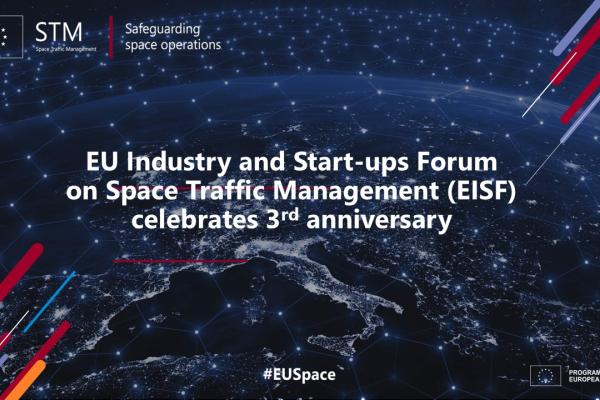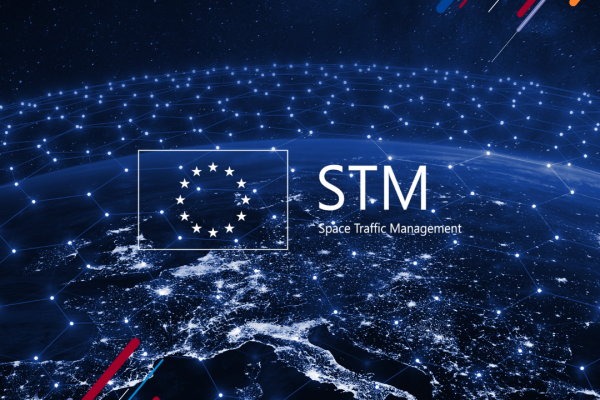Why is this relevant?

Near-Earth Objects (NEOs) are comets and asteroids (space rocks) that are approaching the Earthor are in an orbit in close proximity to Earth. They played a role in the evolution of our planet, and, still today, they enter the Earth’s atmosphere regularly.

The possible risks of large space rocks entering the Earth’s atmosphere have led to EU efforts to track and study NEOs. These efforts will help to better understand the risks involved with NEOs. This is useful for potential future NEO missions should a deflection procedure be required to reduce the likelihood of a collision with Earth.
What is NEO?
|
NEO is a subcomponent of the Space Situational Awareness (SSA) component of the EU Space Programme. It aims at coordinating and improving European capabilities and activities related to the monitoring of space rocks whose orbits approach or cross the Earth's orbit.
To this end, the EU supports activities that
map Member States' capabilities to detect and monitor NEOs
promote networking among Member States' facilities and research centres through a yearly conference
develop a European catalogue of physical properties of NEOs
study potential missions for a rapid response service
Latest News
DG DEFIS and EEAS hosted the 4th meeting of STM subgroup 1 on civilian and military STM requirements.

On 6 May 2025, DG DEFIS participated in an insightful side-event organised by the United Nations for Outer Space Affairs (UNOOSA) in the margins of COPUOS Legal Sub-Committee meeting.

Three years ago, on 26 April 2022, the Commission (DG DEFIS) and the EU SST Partnership created the EU Industry and Start-ups Forum (EISF) on Space Traffic Management (STM) with the aim of fostering the of fostering the innovation and competitiveness of the European space surveillance.
Commission adopts Decision selecting a space weather service as part of the SWE sub-component of the EU Space Programme







